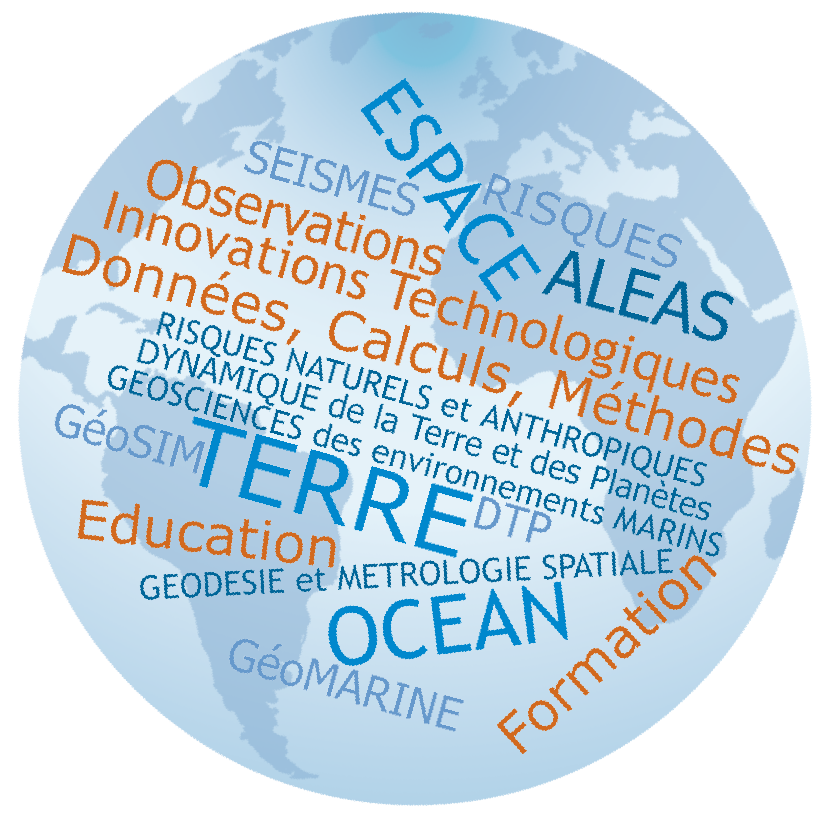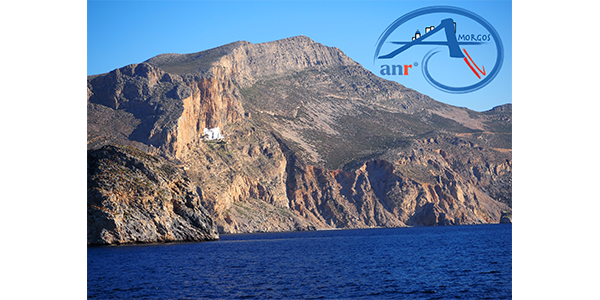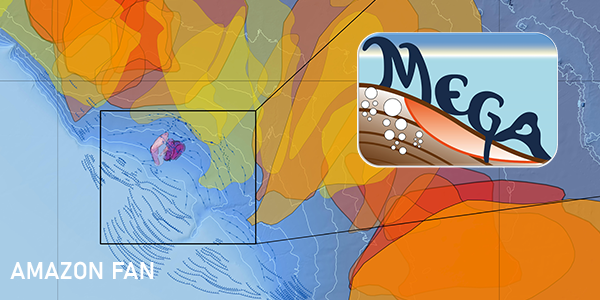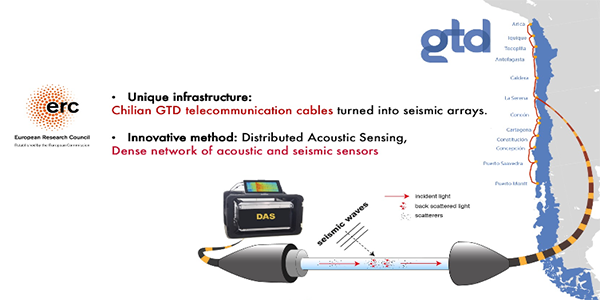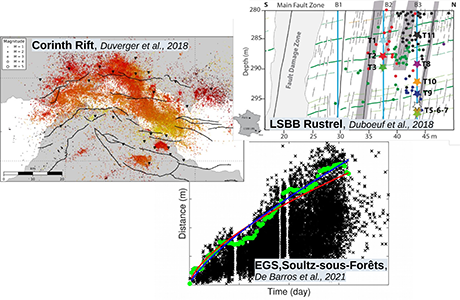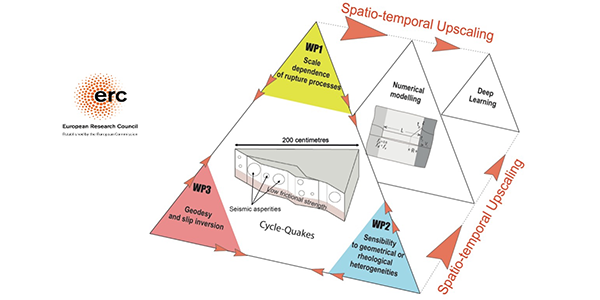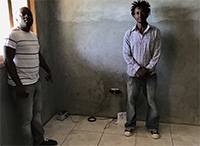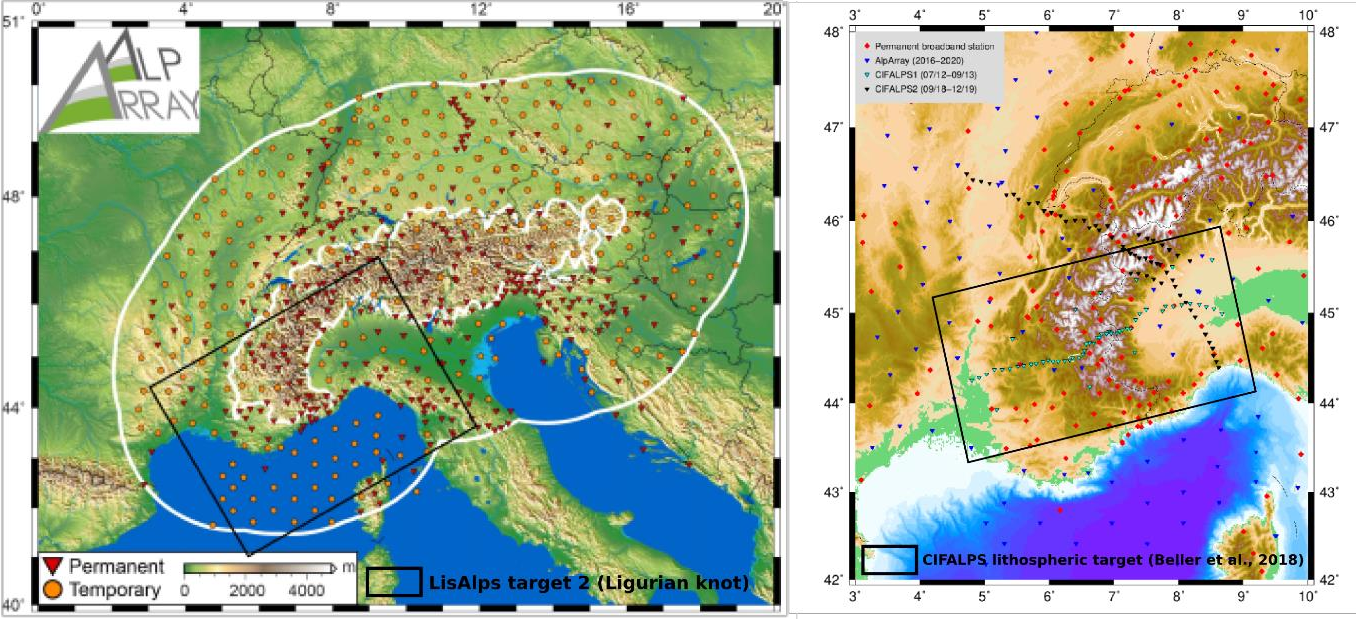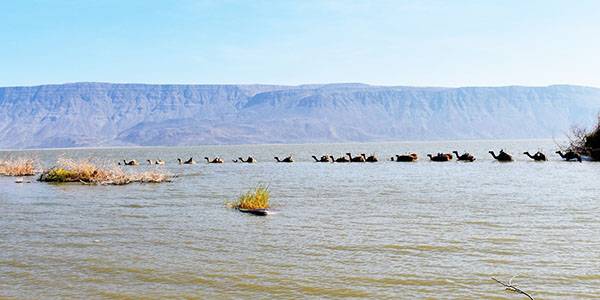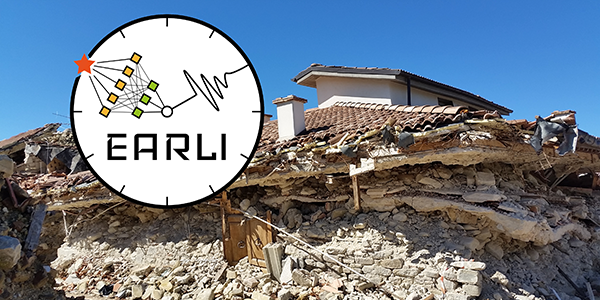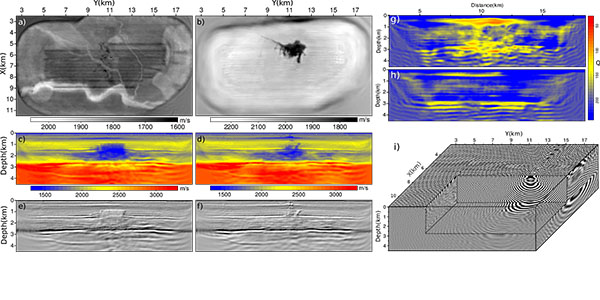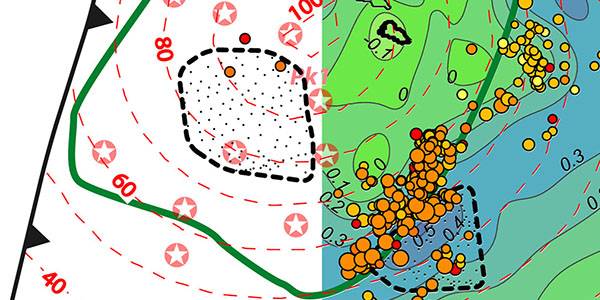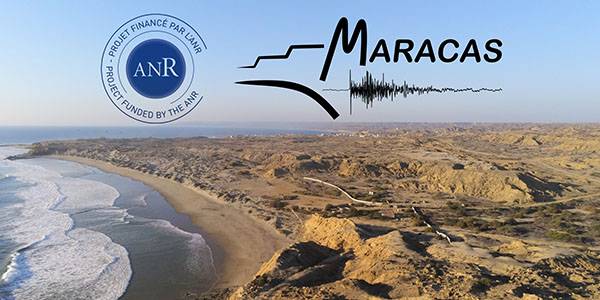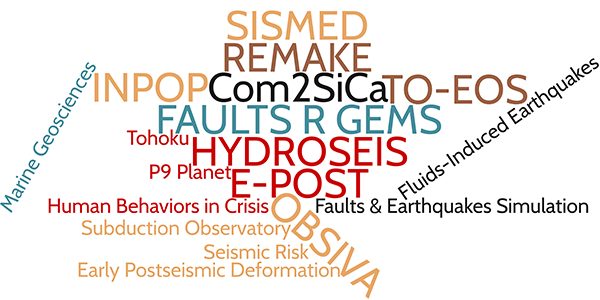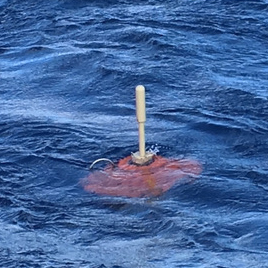
Seismologists use earthquake waves to scan the interior of our planet, much as doctors in a hospital do tomography with X-rays. They do so to find the origins of volcanic islands such as Hawaii, or the sources of deep earthquakes.
But imagine a radiologist having to work with an instrument that lacks two out of three necessary sensors. That is the situation that seismologists are facing, since 2/3 of the earth is covered with oceans and lacks seismic stations.
News from Princeton Press Release
Voir article en français sur Echoscience PACA
Fifteen years ago, Frederik Simons and Guust Nolet of Princeton University decided to try to do something about this by constructing an undersea robot with a hydrophone - a microphone that can pick up earthquake waves that enter the ocean from below. They performed some tests with help of the Scripps Institute of Oceanography in La Jolla (CA). Even though these tests gave promising results, their idea continued to meet with much skepticism because of the high noise level created by the ocean waves. But in 2008 Nolet took early retirement at Princeton, moved to Geoazur at the University of Nice in France, and obtained sufficient funding from the European Research Council to fully develop the robot, which Simons and he named Mermaid for "Mobile Earthquake Recording in Marine Areas by Independent Divers".
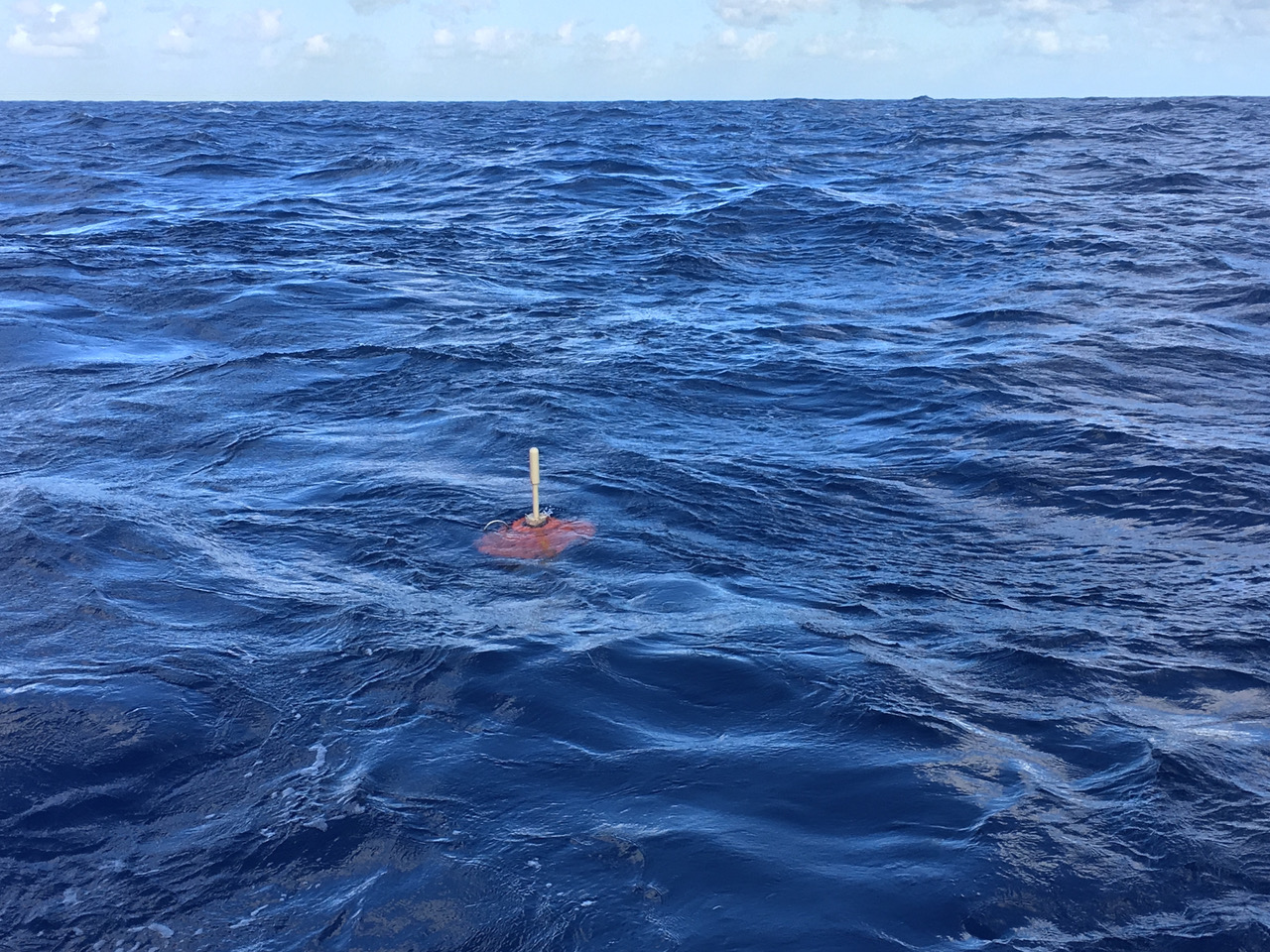 |
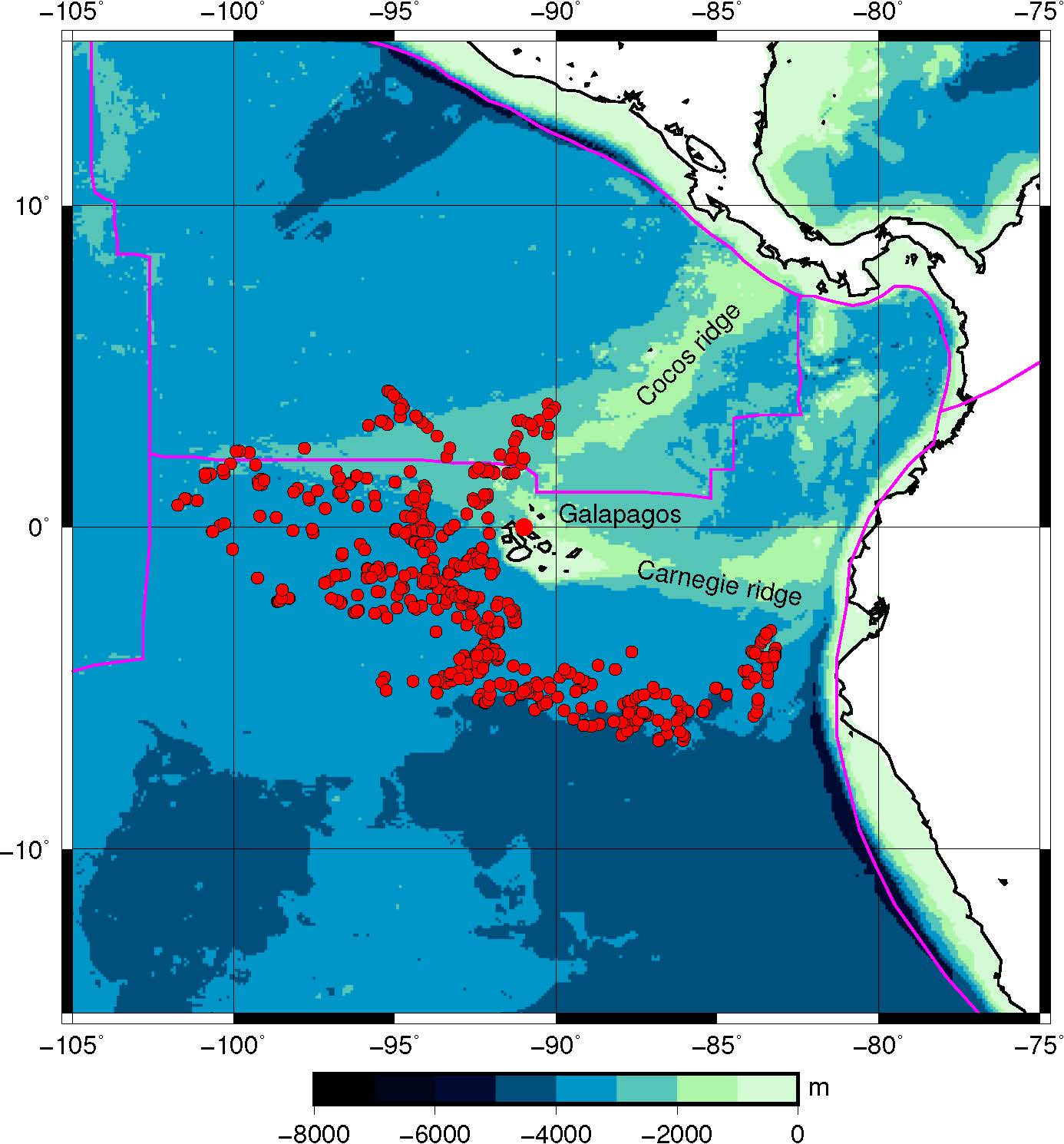 |
| Figure 1: A Mermaid recently launched near Tahiti is sending messages to the satellite before diving to a depth of 1500 m and begin monitoring for earthquake signal |
Figure 2: By drifting 1500 m below the surface, Mermaids cover a large area. The red dots in this plot show the locations where a Mermaid picked up a seismic signal |
Scientific Reports, and open access journal of the Nature group, publishes this week the first results of an international imaging experiment with Mermaids. Nine of them floated for two years near the Galapagos islands. The experiment involved scientists from institutions in the US, France, Ecuador and China. The authors of the paper show that the volcanoes on Galapagos have a source at 1900 km depth, from where a mantle plume brings the hot rock to the surface. Such mantle plumes were proposed in 1971 by Princeton geophysicist Jason Morgan, but are almost impossible to image because they are located beneath the oceans where there are no seismic stations. By letting the robots float freely, the scientists created an artificial network of seismometers that come up to the surface whenever they detect an earthquake signal in the noise, and transmit a brief seismogram by satellite. The authors of the paper show that, thanks to the extra data from the Mermaids, they obtain sufficient resolution where conventional seismic tomography would fail terribly.
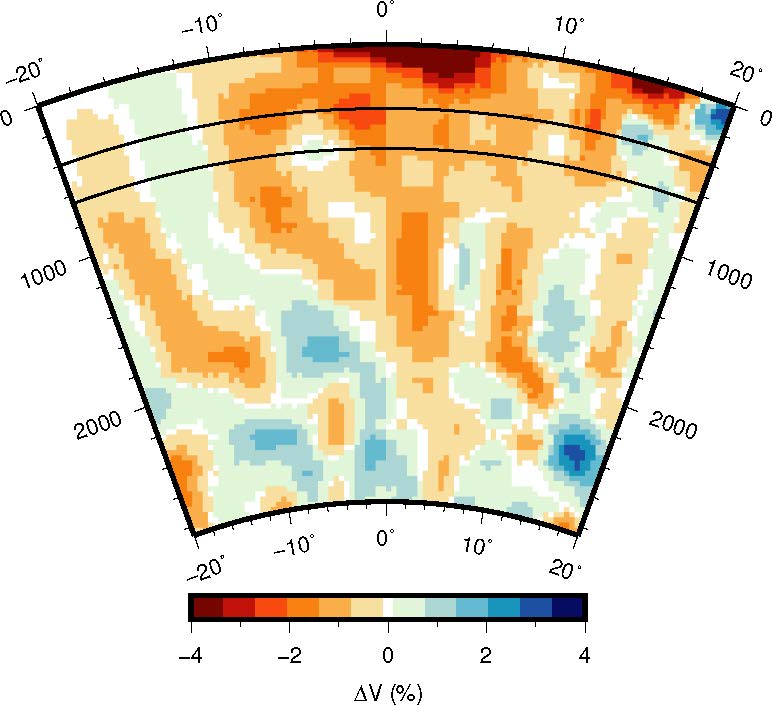 |
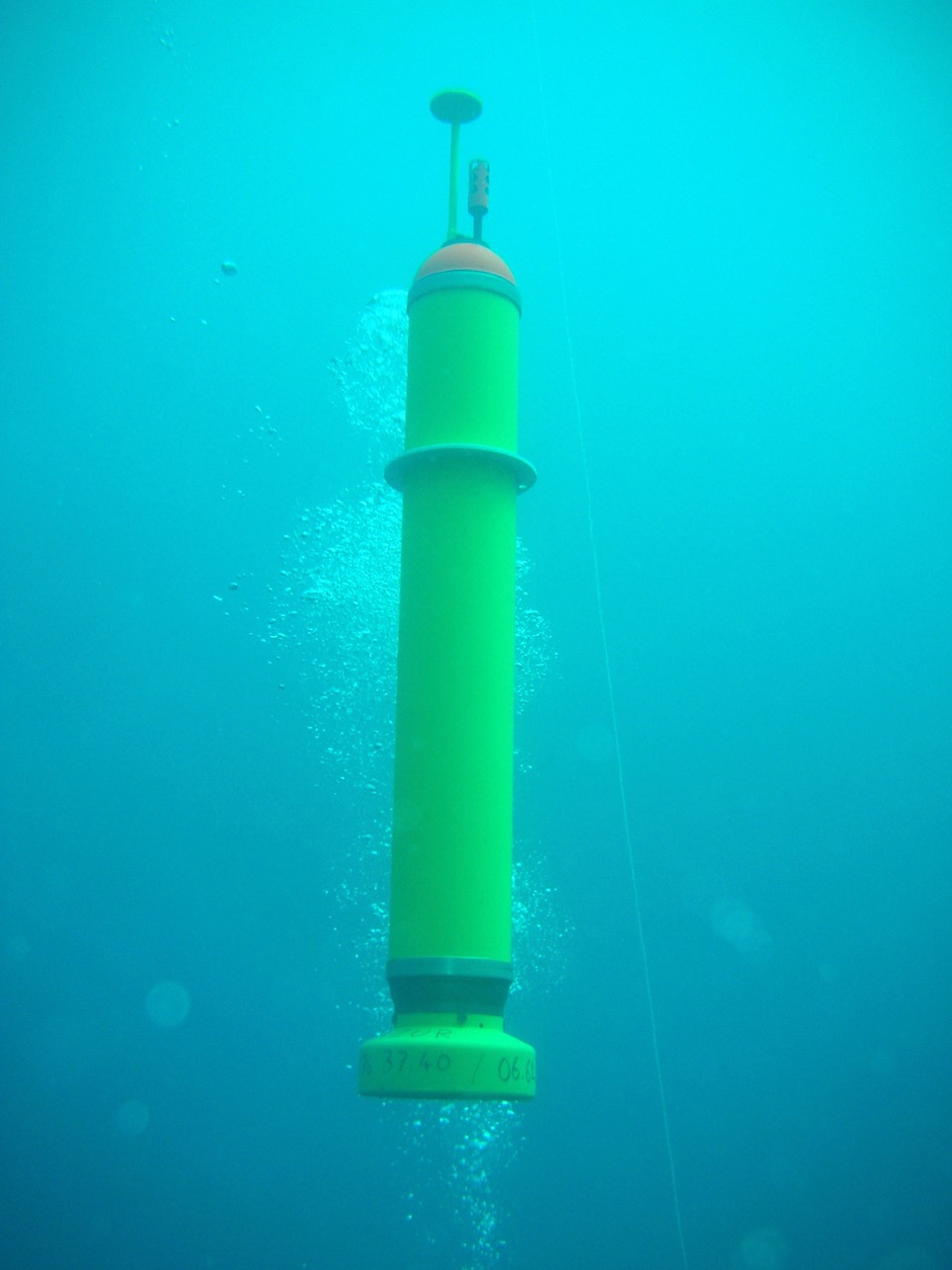 |
| Figure 3: If the mantle rock is hot, it will slow down the seismic wave. This plot shows (in percent) how much slower the wave travels in a cross-section at 91W. The plot extendsall the way to the core of the Earth at a depth of 2890 km, and ranges from 20S to 20N. The reddish colours is where the wave slows down. Galapagos is near the equator, from where a broad plume-like structure near 1N goes down to 1900 km |
Figure4: This photo was taken while developing the Mermaids used in the Galapagos experiment, and shows a Mermaid rising to the surface after it has recorded an earthquake wave. Once at the surface, it sends a seismogram via satellite to the scientists. |
The very high temperature of the Galapagos mantle plume hints at an important role of plumes in the mechanism that allows the Earth to keep itself warm. Since the 19th century, when Lord Kelvin predicted that the Earth should cool to be a dead planet within 100 million years, geophysicists have struggled with the mystery that the Earth has kept a fairly constant temperature over more than 4.5 billion years. It can do so only if some of the original heat from its accretion, and that created by radioactive minerals, stays locked up in the lower mantle. But most models of the Earth predict that the mantle should be convecting vigorously and let this heat escape. The results of the Galapagos experiment points to an alternative explanation: the lower mantle may resist convection, and instead only bring heat to the surface in the shape of mantle plumes such as Galapagos and Hawaii.
To help answer this question Simons and Nolet have teamed up with seismologists in China and Japan and are currently in the process of launching some 50 Mermaids in the South Pacific to study the large mantle plume under Tahiti. Stay tuned.
Reference :
Guust Nolet, Yann Hello, Suzan van der Lee, SeÌbastien Bonnieux, Mario C. Ruiz, Nelson A. Pazmino, Anne Deschamps, Marc M. Regnier, Yvonne Font, Yongshun J. Chen and Frederik J. Simons, Imaging the GalaÌpagos mantle plume with an unconventional application of floating seismometers, Scientific Reports, 2019, DOI:10.1038/s41598-018-36835-w.
https://www.ncbi.nlm.nih.gov/pubmed/30718618
Main press release :
Princeton University https://www.princeton.edu/news/2019/02/04/mermaids-reveal-secrets-below-ocean-floor
Follow News: https://www.follownews.com/mermaids-reveal-secrets-from-below-the-ocean-floor-5dzib
Phys.org: https://phys.org/news/2019-02-mermaids-reveal-secrets-ocean-floor.html
Science Daily: https://www.sciencedaily.com/releases/2019/02/190204085936.htm
Science Magazine: https://scienmag.com/mermaids-reveal-secrets-from-below-the-ocean-floor/
Space Weekly: http://spaceweekly.com/?p=574715
Virgin Islander: http://virginislander.org/mermaids-reveal-secrets-from-below-the-ocean-floor-physorg
Tunisia Tonight (TunisieSoir): http://www.tunisiesoir.com/science/research-mermaids-reveal-secrets-from-below-the-ocean-floor-12755-2019/
Electronic Component News: MERMAIDs Dive a Mile Underwater to Detect Incoming Earthquakes by Jennifer DeLaOsa (I think I like her headline better than my own!)
Naked Science (Russia): The First Artificial Network of Ocean Seismometers Will Allow You to Capture the Sounds of Distant Earthquakes by Dmitry Mazalevsky (per Google Translate)
Tech Times: Scientists Use 'MERMAIDS' Floating In The Ocean To Scan Interior Of The Earth by Kanika Gupta
Main press articles :
Chrdk (Attic <https://chrdk.ru/pages/about>), in Russia*: Diving robots found a 300-km mantle plume under the Galapagos Islands <https://chrdk.ru/news/medmaids-mantle-plume-under-galapagos>, by Alexey Timoshenko
Earth.com: How MERMAIDs are revealing deep-sea mysteries <https://www.earth.com/news/mermaids-revealing-deep-sea-mysteries/>, by Olivia Harvey
Forbes: MERMAIDs spy huge umbrella-shaped heat source beneath the Galapagos <https://www.forbes.com/sites/robinandrews/2019/02/06/mermaids-spy-huge-umbrella-shaped-heat-source-beneath-the-galapagos/#2cc59b833539>, by Robin Andrews
LiveScience: Floating robots spotted a huge plume of magma under the Galapagos <https://www.livescience.com/64680-galapagos-magma-plume-mermaids.html>, by Rafi Letzter (This article was paraphrased on Tech2.org <https://tech2.org/floating-robots-saw-a-huge-plume-of-magma-beneath-the-galapagos/>.)
New Atlas: Undersea seismographs pop to the surface to transmit data <https://newatlas.com/mermaid-seismic-floats/58342/>, by Ben Coxworth
ZME Science*: Mermaids offer a rare view of our oceans’ subsurface <https://www.zmescience.com/science/mermaids-offer-a-rare-view-of-our-oceans-subsurface/>, by Mihai Andrei

